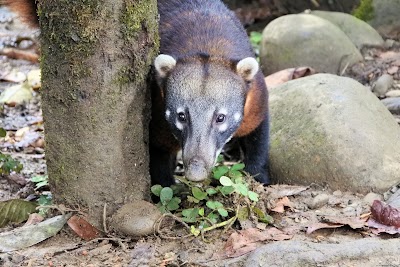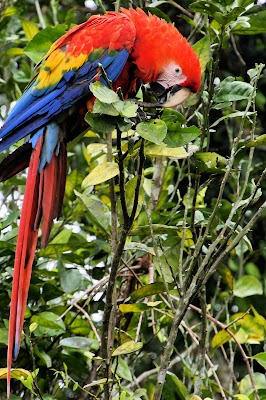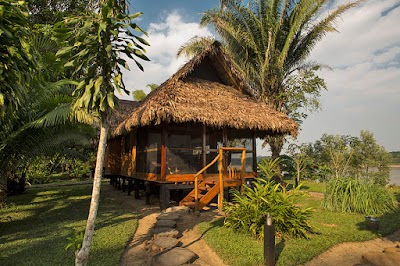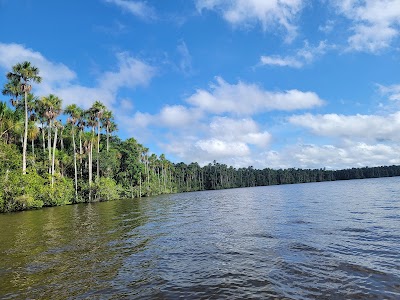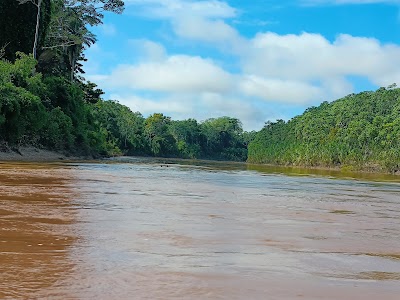Centro de Rescate de Animales Silvestres (Centro de Rescate de Animales Silvestres)
Overview
Centro de Rescate de Animales Silvestres, or the Wildlife Rescue Center, is a beacon of hope and recovery for thousands of wild animals situated in the heart of Madre de Dios, Peru. Nestled within one of the most biodiverse regions on Earth, this center plays a crucial role in protecting the delicate ecosystem of the Amazon rainforest. For any international traveler interested in wildlife conservation, a visit to this center promises an enlightening and unforgettable experience.
History and Mission
The Wildlife Rescue Center’s history dates back to the early 2000s when rampant deforestation, illegal wildlife trade, and habitat destruction threatened the region’s rich biodiversity. In response to these challenges, local conservationists and international NGOs joined forces to establish a sanctuary for displaced and injured wildlife. What began as a modest facility has flourished into a comprehensive rescue operation, thanks to the unwavering dedication of its founders and the support of global environmental organizations.
One of the center's primary missions is the rehabilitation and reintroduction of animals into their natural habitats. Each year, the facility rescues a variety of species, including majestic jaguars, playful capuchin monkeys, colorful macaws, and sloths. Skilled veterinarians and caretakers tirelessly nurse these animals back to health, providing them with medical care, proper nutrition, and a safe environment for recovery. Visitors to the center can witness this heartwarming process firsthand and participate in educational tours designed to raise awareness about the challenges these animals face.
Educational Outreach
A significant aspect of the center’s work is its educational outreach. Recognizing that conservation efforts must involve the local community, the center has developed programs aimed at educating residents, particularly children, about the importance of preserving wildlife. These initiatives have been instrumental in fostering a culture of respect and protection for the natural environment among locals, who have become crucial allies in the fight against poaching and illegal trade.
For the environmentally conscious traveler, the Wildlife Rescue Center offers a unique opportunity to see conservation in action. The tours are not merely about observing animals; they are immersive experiences that highlight the interconnectedness of the Amazon ecosystem. Visitors learn about the habitats of various species, the threats they face, and the center’s ongoing efforts to mitigate these dangers. Engaging interactive displays and knowledgeable guides make the tours informative and enjoyable for visitors of all ages.
Research Collaborations
Another intriguing aspect of the center is its research collaborations. Scientists from around the globe partner with the center to study the flora and fauna of the Amazon, contributing to a broader understanding of biodiversity and conservation techniques. Occasionally, tourists have the chance to meet these researchers and learn about their projects, providing a rare glimpse into the scientific endeavors that underpin wildlife conservation efforts.
The center is also committed to sustainability. Understanding the importance of preserving the environment, it employs eco-friendly practices in its daily operations. Initiatives such as solar panels, rainwater harvesting systems, and organic waste management underscore the center’s dedication to being a model of sustainable living. This commitment particularly appeals to travelers guided by principles of ecotourism.
A Photographer’s Paradise
The Wildlife Rescue Center is a haven for photographers and nature enthusiasts alike. The diverse array of species and the lush backdrop of the Amazon present endless opportunities for stunning photographs. Whether it’s capturing a close-up of a recuperating ocelot or a panoramic shot of vibrant parrots in flight, the center offers countless moments worthy of documentation.
Visiting the Wildlife Rescue Center isn’t merely about witnessing isolated acts of care; it’s about understanding a broader narrative of conservation that transcends geography and culture. The experience serves as a poignant reminder of the fragility of life in these verdant jungles and the impactful difference that dedicated efforts can make. Tourists often leave with a sense of fulfillment, having contributed to a noble cause by volunteering, donating, or simply spreading the word.
Conclusion
In conclusion, the Centro de Rescate de Animales Silvestres in Madre de Dios, Peru, is more than a tourist attraction; it is a sanctuary for wildlife, a center for education, and a beacon of hope for environmental recovery. Foreign tourists who venture to this remarkable place will not only witness the incredible biodiversity of the Amazon but also engage with passionate conservation efforts aimed at preserving it. As you explore the intricate blend of natural beauty and human dedication that defines this center, you will find yourself becoming part of its enduring legacy. Whether you are an avid wildlife enthusiast, a curious traveler, or a fervent conservationist, the Wildlife Rescue Center offers an enriching experience that resonates long after you leave its lush embrace.


